The path to uncorrected, sharp vision afforded by LASIK surgery is frequently characterized by a rapid initial improvement, yet the final stability and seamless transition depend entirely on an informed, disciplined approach to post-operative care. Many patients, buoyed by the immediate change in their sight, tend to underplay the importance of the weeks that follow, inadvertently introducing variables that can compromise the delicate healing process of the corneal tissue. The successful outcome of this refractive procedure is not solely a function of surgical precision, but rather a collaboration between the surgeon’s work and the patient’s rigorous adherence to a specific regimen designed to foster epithelial regeneration and corneal flap re-adhesion. A smooth recovery, therefore, is an active rather than a passive experience, one where mitigating risks and proactively managing temporary side effects become the primary focus. This involves careful attention to a number of interconnected factors, from pharmaceutical compliance to environmental control and the management of visual fatigue.
A smooth recovery, therefore, is an active rather than a passive experience, one where mitigating risks and proactively managing temporary side effects become the primary focus
The cornerstone of any successful and swift LASIK recovery is the meticulous, unwavering application of the prescribed eye drop protocol. Patients are typically provided with a complex schedule of antibiotic and anti-inflammatory drops, and sometimes steroid drops, each serving a vital, non-negotiable role in the early stages of healing. The antibiotic drops function as an essential barrier against potential microbial contamination, particularly in the critical hours immediately following the creation and replacement of the corneal flap, where the eye is most susceptible to infection. The anti-inflammatory and steroid drops, conversely, are crucial for controlling the swelling and inflammatory response in the cornea, which directly affects the clarity and stability of vision in the short term. Skipping a dose or prematurely discontinuing these medications before the surgeon’s specified endpoint can disrupt this delicate balance, risking rebound inflammation or an unnecessary vulnerability to infection. It is a pharmaceutical tightrope walk that demands diligence and accurate timing.
The antibiotic drops function as an essential barrier against potential microbial contamination, particularly in the critical hours immediately following the creation and replacement of the corneal flap
Beyond the medicated drops, a patient’s sustained battle against post-LASIK dry eye is equally paramount to achieving a fast and comfortable recovery. The surgical process momentarily disrupts the fine network of corneal nerves responsible for tear production, leading to a temporary and near-universal decrease in the quality and quantity of natural tears. This dryness, if left unmanaged, can cause significant discomfort, fluctuating vision, and, more critically, may slow the healing of the corneal surface. Consequently, lubricating, preservative-free artificial tears become a constant companion, often needing to be applied hourly or even more frequently in the first days, irrespective of whether the eye feels dry. The act of blinking, which can be less frequent when focusing intensely on screens, needs to be consciously maintained, and the use of a humidifier, particularly in dry climates or during sleep, is a simple but effective environmental modification to help maintain ocular surface moisture.
Consequently, lubricating, preservative-free artificial tears become a constant companion, often needing to be applied hourly or even more frequently in the first days
A key principle that underpins the entire first week of the post-operative period is the absolute necessity of non-contact and protection for the eyes. The corneal flap, though it adheres rapidly, is structurally fragile in the initial days and any mechanical force—even a seemingly innocuous rub—carries the serious risk of dislodging it. Patients are instructed to wear protective shields, often described as goggles, while sleeping for at least the first few nights, a measure designed to guard against inadvertent rubbing during unconscious movement. Furthermore, the introduction of foreign materials near the eye must be avoided entirely; this includes refraining from all eye makeup, lotions, and creams in the orbital area for a specified period, typically one to two weeks. The risk of makeup particles migrating into the healing site or the chemicals causing a localized irritation far outweighs any cosmetic concern in this critical phase.
The corneal flap, though it adheres rapidly, is structurally fragile in the initial days and any mechanical force—even a seemingly innocuous rub—carries the serious risk of dislodging it
Environmental precautions extend to managing exposure to sources of potential contamination or physical irritation. Water, specifically non-sterile water from pools, hot tubs, the ocean, or even direct shower spray, can harbor bacteria and should be avoided for several weeks to prevent infection. Similarly, exposure to dusty, smoky, or heavily polluted environments—such as construction sites, smoky bars, or vigorous outdoor gardening—introduces particulate matter that can become trapped under the flap or severely irritate the healing surface. Wearing wraparound sunglasses, even indoors if bright light causes sensitivity, provides a dual benefit: it shields the eyes from damaging ultraviolet light, which can interfere with corneal healing, and acts as a physical barrier against wind, dust, and accidental pokes.
Similarly, exposure to dusty, smoky, or heavily heavily polluted environments—such as construction sites, smoky bars, or vigorous outdoor gardening—introduces particulate matter that can become trapped under the flap
Managing visual strain, particularly in a modern, screen-dependent life, requires a concerted effort to limit what is often an automatic habit. The initial 24 to 48 hours post-LASIK should be dedicated to maximal eye rest, meaning minimal reading, television, or digital screen use. Even as vision improves, prolonged engagement with computers, smartphones, or books can lead to reduced blink rates, exacerbating dryness and eye fatigue. When resuming such activities, a modification of the 20-20-20 rule is highly recommended: for every 20 minutes spent focusing up close, look away at an object 20 feet in the distance for at least 20 seconds to consciously allow the eyes to relax and to stimulate a natural blink cycle. This discipline helps prevent eye strain from becoming a chronic impediment to visual stabilization.
When resuming such activities, a modification of the 20-20-20 rule is highly recommended: for every 20 minutes spent focusing up close, look away at an object 20 feet in the distance for at least 20 seconds
Physical activity, particularly anything strenuous, must also be temporarily curtailed. Activities that involve heavy lifting, bending over at the waist, or intense straining can momentarily increase intraocular pressure, posing a minimal yet existent risk to the corneal flap’s stability in the early hours and days. While light activities and walking are generally safe after the first day, contact sports, high-impact exercise, and activities where a blow to the eye is possible must be strictly avoided for at least a month or until clearance is explicitly given by the surgeon. This period of physical restraint protects the meticulously sculpted corneal architecture during its most vulnerable phase of structural integration.
Activities that involve heavy lifting, bending over at the waist, or intense straining can momentarily increase intraocular pressure
The psychological element of recovery often involves managing expectations regarding the timeline of visual clarity. While the initial improvement is dramatic, vision will inevitably fluctuate, often appearing blurry or hazy in the mornings due to dryness, or being accompanied by mild glare and halos at night. Patients must understand that the process of full visual stabilization can take anywhere from three to six months, particularly for those with higher pre-operative prescriptions. These fluctuations are a normal part of the corneal healing and reshaping process and should not be mistaken for a complication. Patience, alongside meticulous follow-up appointments with the surgical team, is key to navigating this period. The scheduled post-operative visits are not simply checkpoints for vision but critical assessments of the corneal flap’s position and the eye’s inflammatory status.
These fluctuations are a normal part of the corneal healing and reshaping process and should not be mistaken for a complication
Ultimately, a fast and truly smooth LASIK recovery is less about a single miraculous instruction and more about the synchronized execution of multiple defensive measures. It requires the acceptance that the initial surgical success is merely the prelude to the body’s own healing journey. By meticulously controlling the micro-environment of the eye, adhering to the complex medication schedule, and resisting the primal urge to rub, the patient becomes the primary agent in expediting the final stabilization of their vision, transforming the immediate result into a long-term, successful outcome.
